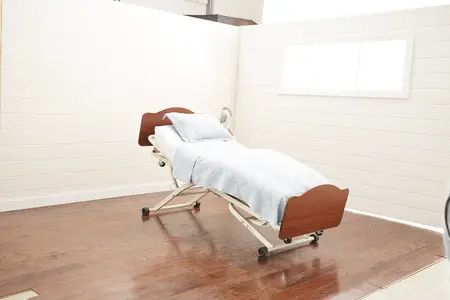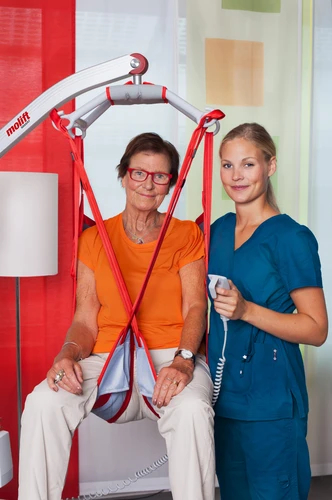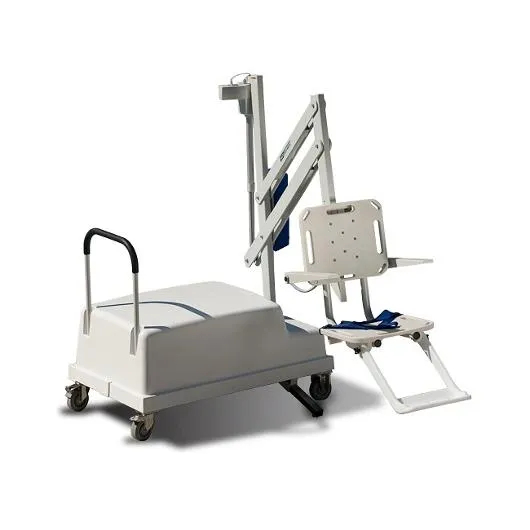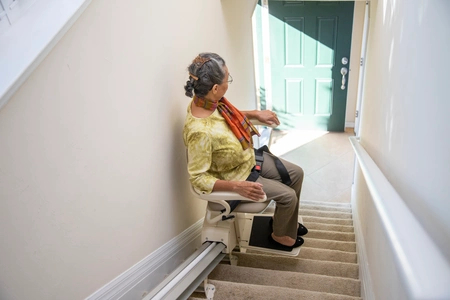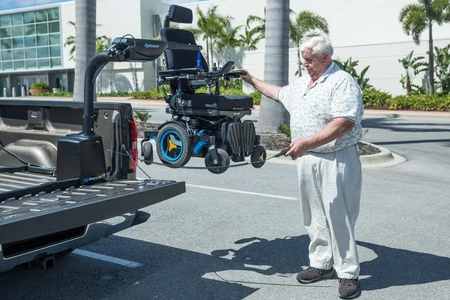As the world moves towards greater inclusivity, the realm of aquatic accessibility has seen significant advancements, highlighted by the evolving market for pool and spa lifts. With an anticipated robust growth trajectory from 2024 to 2032, the pool lifts sector is set to revolutionize how individuals with mobility challenges engage with water-based activities. This article dives into the diverse array of pool and spa lifts available – ranging from manual to power lifts and ADA compliant solutions – underscoring their pivotal role in enhancing accessibility. As we explore the market's size, trends, and opportunities, our focus will be on empowering readers with the knowledge to make well-informed decisions on choosing the right pool and spa accessibility lift, tailored to their specific needs.
Pool Lifts Evolution & Market Outlook
The evolution of pool lifts is a testament to technological advancement and societal commitment to inclusivity. Initially, the major challenge was safely getting people with disabilities into and out of the water. This changed dramatically in 1980 with the introduction of the first commercially successful water-powered pool lift, which opened up aquatic therapy and recreational swimming to many who were previously unable to participate. By 1997, the pool lift landscape evolved further with the advent of battery-powered, free-standing lifts. These new designs catered to more contemporary pool configurations, offering greater flexibility and accessibility .
Then, the legislative landscape began to change significantly in 2010 with the Americans with Disabilities Act becoming federal law, underscoring the need for public pools to be accessible to everyone. This legal milestone set a compliance deadline for 2012, pushing for rapid adaptation across public aquatic facilities.
Today, the pool lifts industry has been on a trajectory of growth, influenced by both the demand for inclusive recreational facilities and technological innovation. Between 2019 and 2024, the sector has seen a notable compound annual growth rate, indicating robust demand. Looking forward, the market is expected to continue expanding through 2032, driven by the introduction of new technologies and innovative solutions. The market's evolution reflects a broader trend toward accessibility and inclusivity, ensuring that the benefits of water therapy and recreation are available to everyone, regardless of physical ability.
Types of Pool Lifts & Equipment
- Manual Pool Lifts: These are operated by hand and typically cost less than their powered counterparts. They are suitable for environments where the lift will not be used frequently or where budget constraints are a consideration.
- Power Pool Lifts: Powered by rechargeable batteries, these lifts offer effortless operation with the simple push of a button, making them ideal for frequent use in both public and private settings.
- ADA Compliant Pool Lifts: To meet ADA standards, a pool lift must satisfy specific requirements, such as having a solid seat and providing safe transfer from a wheelchair. More on ADA requirements are detailed in the next section.
- Spa Lifts: These are designed for use with above-ground spas and hot tubs, often featuring higher weight capacities and extended reach to accommodate the walls of the spa.
- Pool Access Chairs: Wheelchair-like devices designed for easy transfer into and out of pools, made from water-resistant materials for durability and safety.
- Pool Bikes: Aquatic exercise equipment allowing users to pedal in water, offering low-impact, resistance-based workouts suitable for rehabilitation and fitness.
Each type serves a unique purpose, tailored to various pool and spa configurations and individual needs. When selecting a lift, it's crucial to consider the specific challenges and preferences of the user, as well as the technical specifications of the pool or spa.
ADA Requirements for Accessible Pools
The ADA has set forth specific accessible pool requirements, covering both Title II and Title III. For new constructions and alterations, ADA mandates accessible means of entry and exit. Large pools must provide at least two accessible means of entry, one of which must be a pool lift or sloped entry. Smaller pools are required to have at least one accessible means of entry, following the same criteria.
Private facilities are classified under Title III and include places of public accommodation and commercial facilities. Hotels, fitness and sports centers, private schools and universities, waterparks, hospitals, healthcare facilities, etc. are classified as Title III.
- The pool or spa is open to the general public
- They generate commerce or sell memberships
- The facility receives Federal funds
- The pool is used for swimming competitions that are open to competitors from outside associations
- The facility actively rents out their units when owners are absent, using advertising, taking reservations over the phone or providing meals or housing services (vacation timeshares)
Please note that each pool within a facility requires a lift. Sharing a lift between two pools even on the same property is not in compliance.
- Minimum Lifting Capacity of 300 lbs.
- Solid seat at least 16" in width
- Lift must have footrests*
- User must be able to operate, without assistance, from the deck and water
- Must not require tight grasping, pinching or twisting of the wrists to operate and not require more than 5 lbs. of force
- Seat must have the ability to submerge into the water 18" below stationary water level
*Footrests are not required for spa lifts. However, they are highly suggested.
Beyond the construction or renovation of pools, ADA requirements also emphasize the importance of maintenance and staff training to ensure the continued accessibility and safe operation of pool lifts. Additionally, tax credits and deductions may be available to help cover the costs associated with purchasing and installing ADA-compliant pool lifts, further incentivizing compliance and making accessibility upgrades more feasible for pool owners.
Installation and Maintenance of Pool Lifts
- Single Post Lifts: These slide into an anchor socket drilled into the pool deck.
- Plate-based Lifts (Jig): Involves a plate with three or four bolts protruding, secured into the concrete. Many models offer retrofit options using a hole saw and epoxy to secure the lift into the pool deck .
- Inspection: Regular inspection of all pool lift components to check for any signs of wear or damage.
- Lubrication: Essential for all moving parts to ensure smooth operation.
- Electrical Inspection: For powered lifts, ensuring all electrical connections are clean and meet manufacturer specifications.
- Torque Testing: Ensuring all bolts and terminals are tightened to the manufacturer's specifications.
- Cleaning: Regular cleaning of electrical connections and overall lift to prevent corrosion and ensure safe operation.
- Regular Use: It's crucial to operate the lift regularly, even if it's not in frequent use, to prevent mechanical issues.
- Mechanical Check: Ensure the lift operates smoothly, lubricating gears as per manufacturer recommendations.
- Covering Lifts: When not in use, covering the lift can protect it from environmental elements, though it should be uncovered during pool operation times.
Proper installation and regular maintenance are key to ensuring pool lifts remain functional, safe, and compliant with regulations, providing inclusive access to aquatic environments for everyone.
Conclusion
As we strive for inclusivity in aquatic environments, pool and spa lifts stand out as essential tools for accessibility. This guide has explored their evolution, types, ADA requirements, and maintenance, providing you with the knowledge to select the right lift. By embracing these solutions, we move closer to a world where the joy and therapeutic benefits of water are accessible to all.
For those looking to enhance aquatic accessibility, SpinLife offers a variety of pool and spa lifts to meet diverse needs. Discover SpinLife's selection today and make water activities accessible to everyone.



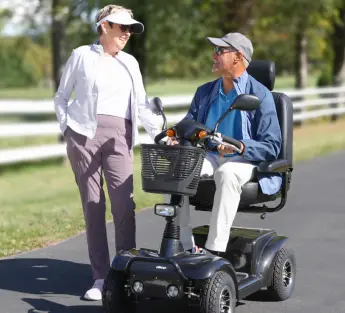

 Contact Us
Contact Us
 M-F 9am - 6pm ET
M-F 9am - 6pm ET
 Request parts
Request parts Request Service
Request Service

